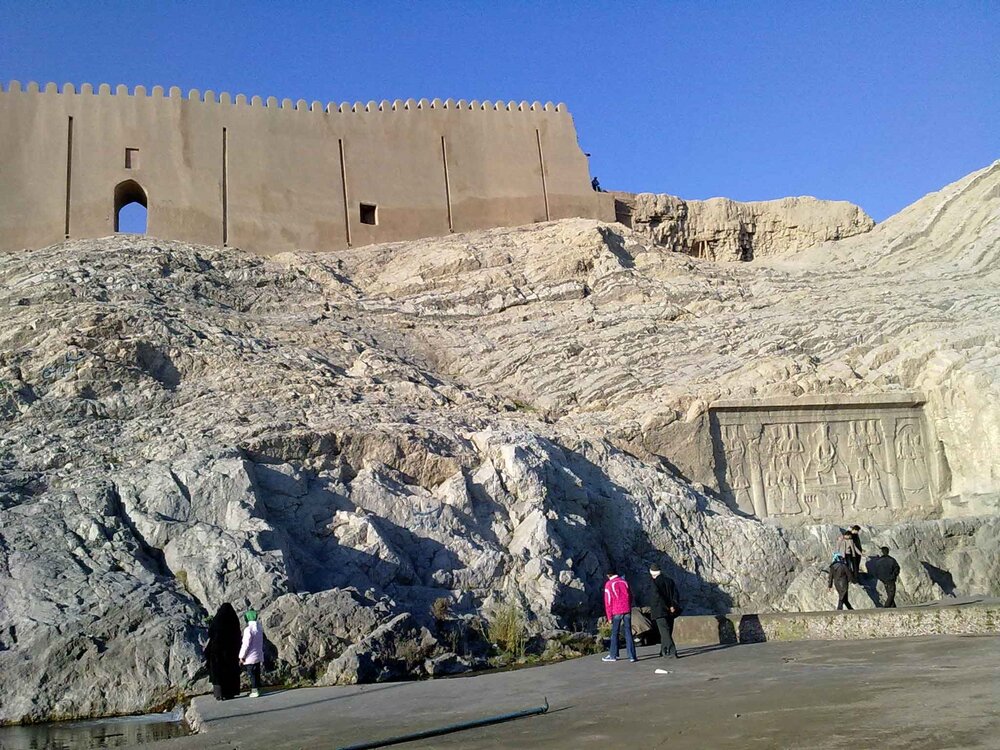Human life in Iran’s Rey is as old as 8,000 years: archaeologist

TEHRAN – Rey is considered to be the oldest city in the central Iranian plateau with a history of human settlement that stretches back in time for over 8,000 years, a senior Iranian archaeologist Qadir Afrovand has said.
“The ancient hill of Cheshmeh-Ali (literally meaning ‘Spring of Ali’), which is now a popular tourist destination in the heart of Rey, southern Tehran, bears testimonies to being a seat of power for various governments and dynasties throughout history,” CHTN quoted Afrovand as saying on Saturday.
“When cavemen decided to get rid of the insecurity and unbearable coldness of the highlands of Alborz, the western slopes of Mount Tabarak (now known as Bibi Shahr Banu) became their first haven for prosperity and creativity of their primitive minds. It became most suitable and at the same time perhaps the warmest and safest point compared to their earlier habitat in Alborz.”
Cheshmeh-Ali is a historical and recreational spot located in the south of Tehran and north of Rey as the history of settlement in the latter goes down to the 3rd millennium BC.
Last year, the National Museum of Iran hosted an exhibition featuring relics unearthed from Cheshmeh-Ali and Qeytariyeh neighborhoods of the Iranian capital. Titled “Ancient Tehran: From Plain to Mountain”, the exhibit showcased 110 objects including potteries decorated with delicate red lines that were unearthed in Cheshmeh-Ali and date from 4800 BC to 5200 BC.
The history of Rey, according to the Encyclopedia Britannica is featured in the Avesta (the original document of Zoroastrianism, an Iranian religion) as a sacred place, and it is also mentioned in the book of Tobit, of the biblical Apocrypha, and by classical authors.
The first well-documented evidence of human habitation is in deposits from several excavated cave and rock-shelter sites, located mainly in the Zagros Mountains of western Iran and dated to Middle Paleolithic or Mousterian times (c. 100,000 BC).
From the Caspian in the northwest to Baluchistan in the south-east, the Iranian Plateau extends for close to 2,000 km. It encompasses the greater part of Iran, Afghanistan and Pakistan west of the Indus River containing some 3,700,000 square kilometres. In spite of being called a “plateau”, it is far from flat but contains several mountain ranges, the highest peak being Damavand in the Alborz mountain range at 5610 m, and the Dasht-e Loot east of Kerman in Central Iran falling below 300 m.
AFM/MG
Leave a Comment